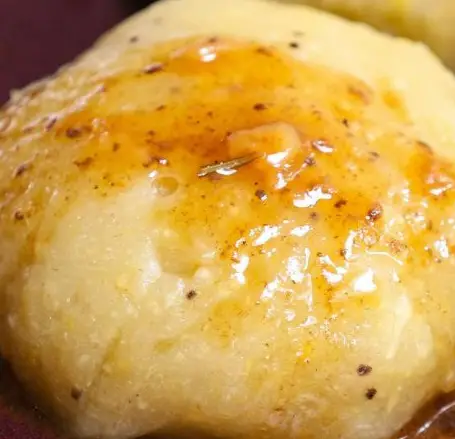A Culinary Odyssey: Mastering the Art of African Fufu Culinary Exploration”
Introduction: Embark on a culinary journey as we delve into the heart of African cuisine with a spotlight on the traditional and beloved dish – Fufu. This iconic staple transcends borders, uniting communities across the vast and diverse continent. In this comprehensive guide, we will demystify the art of making African Fufu, exploring its rich history, essential ingredients, and the nuanced techniques that transform it into a canvas for diverse flavors.
The Story of Fufu: Fufu, a culinary cornerstone in many African nations, is more than just a dish; it’s a cultural emblem deeply rooted in tradition. Its origins date back centuries, and the variations are as diverse as the countries that claim it as their own. From Nigeria to Ghana, Cameroon to Ivory Coast, Fufu is a unifying force that symbolizes community, celebration, and the soul-satisfying essence of African gastronomy.
Ingredients:
For the Fufu Base:
- 2 cups cassava, peeled and cut into chunks
- 1 cup green plantains, peeled and sliced
- Water for boiling
- Salt to taste
For the Soup (Optional):
- Your choice of protein (chicken, fish, or beef)
- Assorted vegetables (okra, spinach, tomatoes)
- Onions, garlic, and ginger for flavor
- Palm oil for richness
- African spices such as utazi or uziza (optional)
Instructions:
Step 1: Preparing the Fufu Base
- In a large pot, add cassava and green plantains.
- Cover with water, add a pinch of salt, and bring to a boil.
- Cook until cassava and plantains are tender, approximately 20-25 minutes.
Step 2: Mash and Form Fufu
- Drain the water and mash the cassava and plantains together until smooth.
- Using wet hands, form the mixture into smooth, round balls or a log-like shape.
Step 3: Serve with Soup (Optional)
- Prepare your choice of protein and vegetables.
- In a separate pot, combine the protein, vegetables, onions, garlic, ginger, and palm oil.
- Season with salt and African spices according to your preference.
- Simmer until flavors meld, creating a delicious soup to accompany the Fufu.
Cook Notes:
- Consistency is Key: The texture of Fufu is crucial. It should be smooth, elastic, and without lumps.
- Traditional Tools: In some regions, a special utensil called a “pestle” is used to pound and shape Fufu.
Variations:
- Yam Fufu: Substitute yams for cassava for a slightly sweeter flavor profile.
- Plantain Fufu: Explore a sweeter version by using ripe plantains instead of green ones.
Keto Version:
For a keto-friendly Fufu:
- Substitute cassava and plantains with cauliflower or almond flour.
- Incorporate low-carb vegetables into the accompanying soup.
Low-Carb Version:
To create a low-carb alternative:
- Utilize cauliflower or almond flour as the base for Fufu.
- Opt for lean protein and low-carb vegetables in the accompanying soup.
Extended Instructions:
Step 4: Explore Regional Flavors
- Each African region boasts unique variations. Experiment with local spices and ingredients to tailor Fufu to your preferred taste.
Step 5: Festive Garnishes
- Elevate the visual appeal of your Fufu by garnishing with vibrant herbs, such as cilantro or parsley.
In conclusion, mastering the art of African Fufu is not just a culinary feat; it’s a celebration of the rich tapestry of flavors and cultures that define the continent. This versatile dish showcases the beauty of simplicity, the diversity of ingredients, and the joy of communal dining.
So, whether you’re savoring it with the traditional soup or exploring modern interpretations, Fufu invites you to join in the celebration of African culinary heritage. It’s more than a recipe; it’s a bridge to the warmth, hospitality, and communal spirit that define African kitchens. So, gather your ingredients, embrace the techniques, and let the journey into the heart of African Fufu begin. It’s not just a recipe; it’s a culinary odyssey waiting to unfold on your plate.



